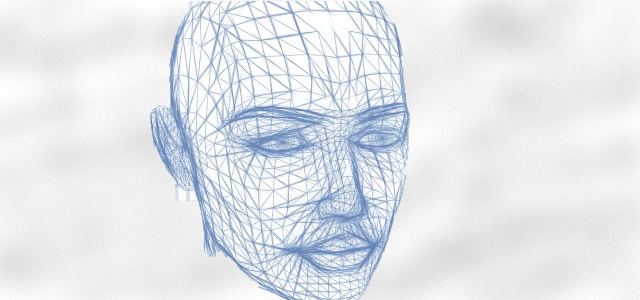 In 2019, Dutch model Maartje Verhoef made history by becoming the first person to successfully register her face as a trademark. The application was filed with the European Union Intellectual Property Office (EUIPO) and was approved in April 2020. This landmark decision has opened up a new area of intellectual property law, allowing individuals to protect their own likenesses in the same way that companies protect their logos and brands.
In 2019, Dutch model Maartje Verhoef made history by becoming the first person to successfully register her face as a trademark. The application was filed with the European Union Intellectual Property Office (EUIPO) and was approved in April 2020. This landmark decision has opened up a new area of intellectual property law, allowing individuals to protect their own likenesses in the same way that companies protect their logos and brands.
Maartje Verhoef is a Dutch model who has been featured in campaigns for fashion brands such as Prada, Gucci, and Calvin Klein. In 2019, she decided to take a unique step to protect her image and identity by filing a trademark application with the EUIPO. The application was for a figurative mark, which is a type of trademark that includes a graphic or logo. In this case, the logo was a simple black and white outline of Verhoef’s face.
The application was initially rejected by the EUIPO on the grounds that it did not meet the criteria for a trademark. However, Verhoef appealed the decision and was eventually successful. The EUIPO accepted the application on the basis that it was a “distinctive sign” that could be used to identify Verhoef’s services, which include modelling and acting.
Verhoef first filed her application in April 2018, seeking to trademark her face in the European Union. Her application was made under the EU’s Trademark Directive, which allows for the registration of “signs” that are capable of distinguishing goods and services from those of other traders. Verhoef argued that her face was a sign that could be used to distinguish her from other models, and that it should be protected from unauthorized use.
The EUIPO initially accepted Verhoef’s application, but it was later challenged by a third party. The challenger argued that Verhoef’s face was not a sign that could be used to distinguish her from other models, and that it was not capable of being registered as a trademark. The EUIPO agreed with the challenger, and ultimately rejected Verhoef’s application.
Verhoef’s attempt to trademark her face has sparked a debate about the rights of models and the need for greater protection of their image. Many models have argued that they should have the right to control how their image is used, and that they should be able to benefit financially from the use of their image. Others have argued that models should not be allowed to monopolize their image, as this could lead to a situation where models are able to charge exorbitant fees for the use of their image.
Verhoef’s case has also raised questions about the scope of the EU’s Trademark Directive. The Directive does not explicitly state that a person’s face can be registered as a trademark, and the EUIPO’s decision in Verhoef’s case suggests that it may not be possible to do so. This has led to calls for the Directive to be amended to clarify the situation.
Verhoef’s trademark application has also sparked a debate about the implications of allowing individuals to register their faces as trademarks. On the one hand, it might be argued it is a positive step towards protecting the rights of individuals and giving them control over their own image. On the other hand, some have argued it could lead to a situation where celebrities and other public figures are able to control how their images are used, which could have a negative impact on freedom of expression.
It is unclear whether the decision may have any impact on copyright law, which is the area of law that governs the protection of creative works. It is also unclear whether the decision could be used to challenge existing laws that protect the use of images of public figures, such as the “right of publicity” laws in the United States.
Overall, the decision to accept Verhoef’s trademark application has opened up a new area of intellectual property law and sparked a debate about the implications of allowing individuals to register their faces as trademarks. It remains to be seen how this decision will affect other areas of intellectual property law, but it is clear that it has opened up a new avenue for individuals to protect their own identities.
Written by Nancy Steidl, International Business Consultant and IP Specialist, the business mission











